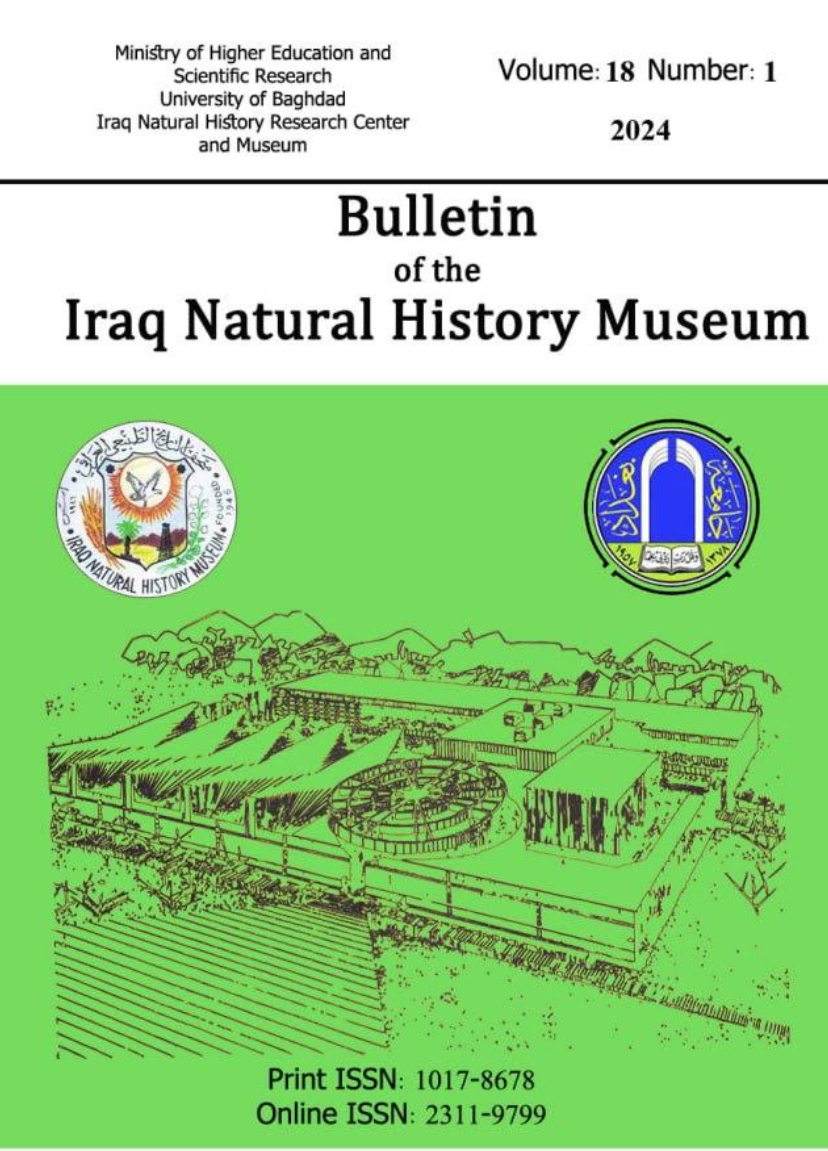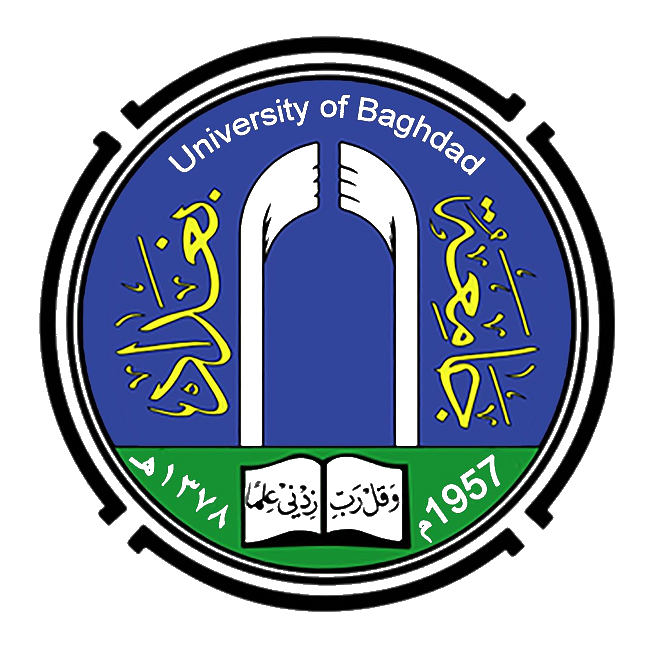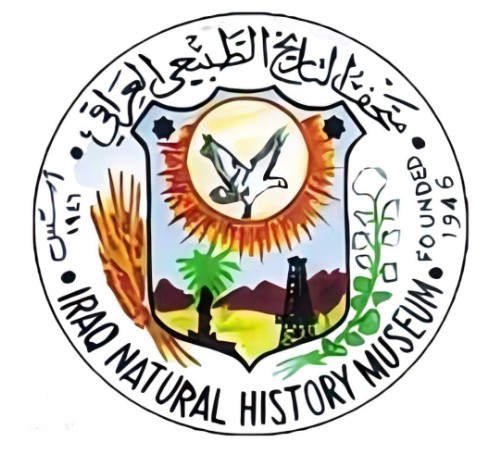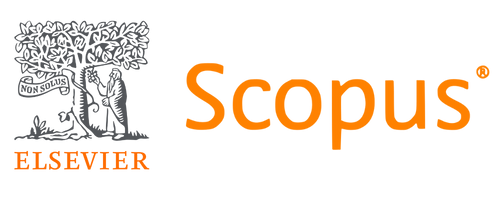COMPARATIVE MORPHOLOGICAL DESCRIPTION OF TONGUE BETWEEN TWO DOMESTICATED WATER BIRDS, MALLARD ANAS PLATYRHYNCHOS (LINNAEUS, 1758) AND GRAYLAG GOOSE ANSER ANSER (LINNAEUS, 1758) (ANSERIFORMES, ANATIDAE)
DOI:
https://doi.org/10.26842/binhm.7.2024.18.1.0121Keywords:
Anatidae, Anatomy, Birds, Dorsal lingual surface, Lingual papillae.Abstract
This study is to identify the comparative morphological description of the tongue in two species of domesticated waterbirds, Mallard Anas platyrhynchos (Linnaeus,1758) and Graylag Goose Anser anser (Linnaeus,1758) (Anseriformes, Anatidae). Four adult male birds (two for each species) were collected from the Iraqi environment and used in the current study by buying them from the AL-Ghezil Market, a local market in Baghdad City. Anaesthetized, dissected, and laboratory work were conducted and visually documented. The results of the study showed that the tongue of both birds was characterized by the appearance of being a narrow-elongated organ divided into three areas represented by the apex, the lingual body, and the root. It was noted that there was a median sulcus, lingual prominence, and conical and filiform papillae of varying numbers and distribution on the dorsal surface of the tongue. While the ventral surface was free of lingual papillae, but it might contain in return a triangular squamous plate called a lingual nail or a bar-shaped structure called a lyssa in proportion to the type and nature of nutrition.











